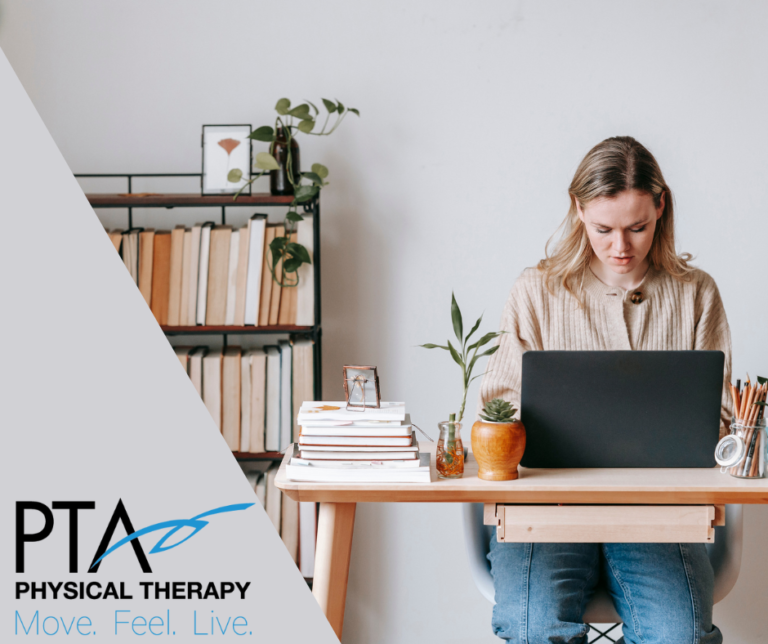Are you experiencing Shoulder Pain? How can physical therapy help?
The goal of physical therapy is to improve the functioning of the muscles surrounding your shoulder. It will help the mobility of the joint. In most cases, physical therapy will be enough to remedy your shoulder issue.
The therapy plan prescribed by your therapist after the initial assessment will vary, depending on the underlying condition. Your problem could be a rotator cuff tear, overuse, poor posture, shoulder injury or fracture, shoulder bursitis, or frozen shoulder.
Physical therapy treatments for shoulder pain may include:
Modalities
Your physical therapist may use heat and ice treatments (modalities) to help relax the muscles before moving on to other forms of treatment.
Instrumented manual therapy
During instrumented manual therapy, physical therapists use an ergonomically designed tool (made of stainless steel, plastic, buffalo horn, or jade) to initiate controlled microtrauma in the affected soft tissue, stimulating a local inflammatory response. This encourages tissue healing, remodeling, and restoration—particularly at the cellular level—that otherwise may not occur on its own.
Stretching
Your physical therapist may introduce more intense stretching techniques to boost your range of motion and flexibility, focusing on the specific directions and positions that are limited for you.
Strengthening
During your physical therapy at PTA, you may begin exercises designed to alleviate pain in the shoulder area as well as strengthen your core muscles. This is intended to eliminate weaknesses that you may have that prevent you from performing work-related or recreational tasks.
Joint mobilization/stabilization
According to APTA (American Physical Therapy Association), the purpose of the mobilizing exercise therapy for the shoulder is chiefly to increase shoulder mobility by stretching the joint capsule. It should be performed by an experienced physical therapist.
Dry Needling
Dry needling is a physical therapy technique where the physical therapist uses very thin needles to penetrate skin and muscles, triggering a twitch response. This causes muscles to loosen and lengthen, which helps relieve pain. Some patients report feeling a slight pinch when the needles are inserted, but most describe the procedure as relatively painless.
Electrical stimulation
Electrical stimulation might further enhance the strengthening of the shoulder muscles that hold the humerus in the proper position. It’s used in specific cases, depending on the patient’s underlying condition.
Athletic taping
Taping (or strapping) is the use of tape applied to the body to provide structural support. It’s most effective when combined with a sling in cases of a shoulder injury.
Normatec intermittent-compression
The NormaTec Vasopneumatic system uses compressed air to massage your limbs, mobilize fluid, and speed recovery. Through a series of intermittent compression modes, the device is able to work fluid out of the extremities, improve movement and decrease pain.
Home exercise program
This program will be individually prepared for you to help you preserve your quality of life beyond your therapy sessions. You will first do the exercises with your therapist so that you can learn to repeat them at home.
For comprehensive shoulder care, you may get a referral to PTA Physical Therapy, or make an appointment on your own. The team of licensed physical therapists will provide world-class, cost-effective physical therapy services through our team of well-educated, experienced professionals, and support personnel.
For your convenience PTA is offered at our seven clinic locations. To schedule a therapy appointment at one of our clinics please call (406) 756-7878.




